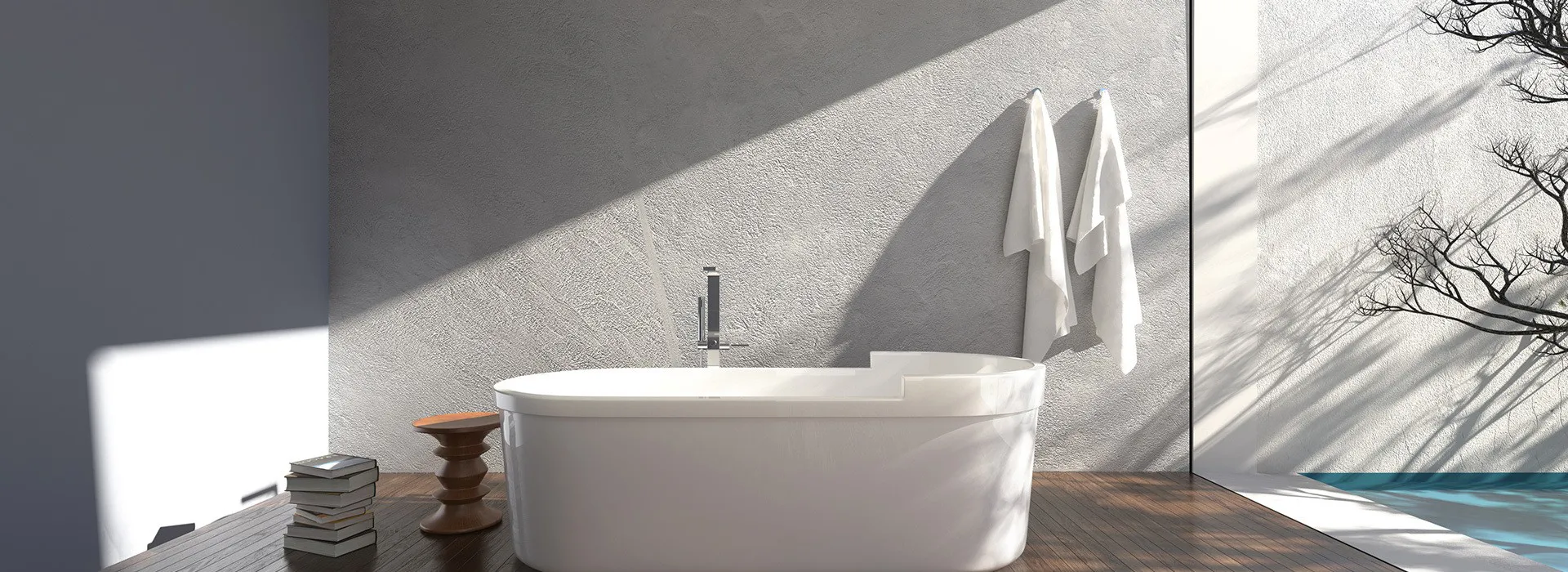
Knowledge
Understanding PPR Pipes and Fittings: A Comprehensive Guide for Construction and Decoration
Release time : March 14 2025
PPR (Polypropylene Random Copolymer) pipes and fittings have become a favored choice in the realm of building and decoration materials. Known for their durability and versatility, PPR pipes are specifically designed to handle a wide range of applications. One of the major benefits of PPR pipes is their resistance to corrosion and scaling. Unlike traditional metal pipes, PPR pipes do not rust and are not susceptible to chemical reactions with water, making them an ideal choice for potable water systems, heating installations, and irrigation systems.
Another significant advantage of PPR pipes and fittings is their lightweight nature, which allows for easier transportation and installation. This not only saves time but also reduces labor costs, making them an economically viable option for contractors. The ease of installation is further enhanced by the fact that PPR pipes can be joined using a heat fusion technique, creating strong and leak-proof connections that provide long-lasting performance.
Moreover, PPR pipes are designed to withstand high temperatures and pressures, making them suitable for both hot and cold water applications. They can handle temperatures up to 95°C, making them ideal for hot water supply systems without the risk of deformation or failure. This characteristic, combined with their high durability, means that PPR pipes can last for decades when installed correctly, providing a reliable solution for building infrastructure.
In terms of environmental impact, PPR pipes are an eco-friendly option. They are recyclable and do not release harmful substances during their lifecycle. This makes them a preferred choice for sustainable construction practices, aligning with the growing demand for environmentally responsible materials in the construction industry.
It's also worth noting that PPR pipes and fittings come in various diameters and colors, providing flexibility in design and implementation. The availability of different sizes allows architects and builders to tailor solutions to specific project requirements, enhancing the overall efficiency and aesthetics of the installation.
In conclusion, PPR pipes and fittings are revolutionizing the construction industry with their numerous benefits. Their durability, resistance to corrosion, lightweight nature, and eco-friendliness make them a top choice for a variety of applications. As the demand for reliable and sustainable building materials continues to rise, PPR pipes and fittings stand out as a smart investment for any construction project. Understanding these materials can greatly enhance decision-making and project outcomes in the realm of building and decoration.
Another significant advantage of PPR pipes and fittings is their lightweight nature, which allows for easier transportation and installation. This not only saves time but also reduces labor costs, making them an economically viable option for contractors. The ease of installation is further enhanced by the fact that PPR pipes can be joined using a heat fusion technique, creating strong and leak-proof connections that provide long-lasting performance.
Moreover, PPR pipes are designed to withstand high temperatures and pressures, making them suitable for both hot and cold water applications. They can handle temperatures up to 95°C, making them ideal for hot water supply systems without the risk of deformation or failure. This characteristic, combined with their high durability, means that PPR pipes can last for decades when installed correctly, providing a reliable solution for building infrastructure.
In terms of environmental impact, PPR pipes are an eco-friendly option. They are recyclable and do not release harmful substances during their lifecycle. This makes them a preferred choice for sustainable construction practices, aligning with the growing demand for environmentally responsible materials in the construction industry.
It's also worth noting that PPR pipes and fittings come in various diameters and colors, providing flexibility in design and implementation. The availability of different sizes allows architects and builders to tailor solutions to specific project requirements, enhancing the overall efficiency and aesthetics of the installation.
In conclusion, PPR pipes and fittings are revolutionizing the construction industry with their numerous benefits. Their durability, resistance to corrosion, lightweight nature, and eco-friendliness make them a top choice for a variety of applications. As the demand for reliable and sustainable building materials continues to rise, PPR pipes and fittings stand out as a smart investment for any construction project. Understanding these materials can greatly enhance decision-making and project outcomes in the realm of building and decoration.
Tags:
Recommended News
March 03 2025
March 03 2025
November 11 2021
November 11 2021
November 11 2021
November 11 2021
November 11 2021
January 01 2022
July 07 2022
March 03 2025
X

